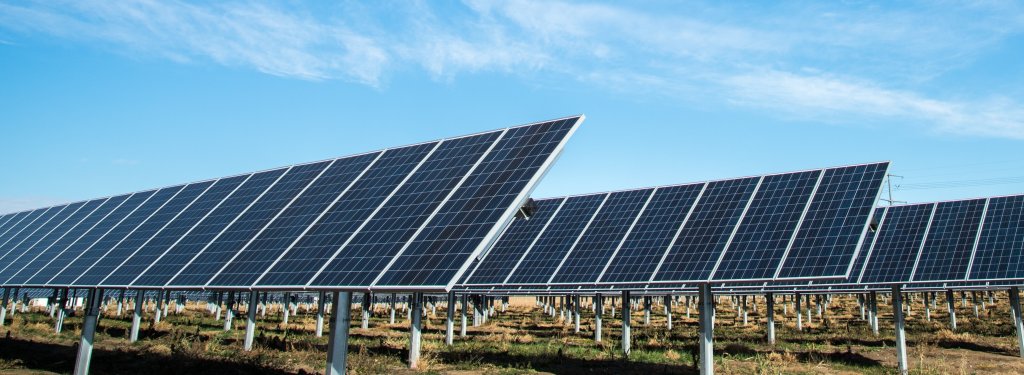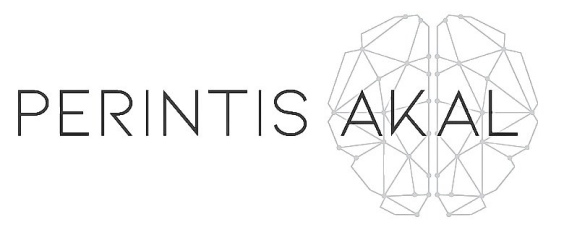By Woody Ang & Khoo Woon Hann
Gas is a finite asset
The gas industry is a substantial component of Oman’s economy, contributing significantly to export earnings and serving as an important enabler to local industries. In 2017, Oman produced 41 billion cubic feet of gas, of which 32% was exported by Oman LNG while the remaining 68% was consumed locally, with consumption growing at an average of 2.3% per annum for the past eight years. Its proven total gas reserves stood at 25 trillion cubic feet as of end-2017.
As a GCC country rich in natural resources, Oman’s gas reserves are however a finite asset. Its current supplies remain healthy in the short-to-medium-term, but with pressure now to diversify the economy and reduce its over-reliance on oil and gas, its gas assets will need be utilised to directly spur other economic sectors. Gas requirements for economic generation, particularly in the manufacturing sector, will need a long-term supply commitment, and the country will need to balance this with its existing industrial and residential commitments, the latter of which continues to grow as the nation’s population increases.
Against this backdrop, and as part of a wider programme of economic diversification, the Omani Government saw a need to carefully manage supply and demand in the gas industry to mitigate any probability of a gas deficit situation in the medium-term. The supply-demand dynamics were further impacted by the fact that 97% of its power was generated from gas-fired plants. From an energy security perspective, Oman needed to consider diversifying its sources and avoid over-reliance on gas. Preserving this precious finite resource and allocating it to industries that generate the highest economic returns then became a priority for long-term sustainable development.
Complementing the effort to manage its gas resource was the need for effective governance that provided a conducive planning and regulatory environment for Oman’s industry players. The Ministry of Oil and Gas serves as an able custodian for the Oil & Gas industry, while the Electricity sector is managed by separate Authorities who do their best within their respective mandates. Moving forward, consolidation of the strategy and planning of these two closely related sectors would allow for harmonised development, taking into consideration a rapidly changing economic landscape.
Delivering tangible transformative outcomes
Through the PEMANDU Associates’ BFR Methodology Labs, Oman devised and adopted a 3-pronged strategy specifically for the Gas sector: (i) Ensuring long-term gas supply security, (ii) Optimising growth-driven gas demand and (iii) improving infrastructure capacity and efficiency.
Firstly, thorough investigation was conducted on all existing gas producing assets and development plans for greenfield projects. Specific supply-based projects were identified with the potential to increase Oman’s gas production substantially by 2042, and as a result, extend Oman’s available gas supplies. These projects include immediately implementable initiatives such as flare gas reduction, replacement of gas usage in existing operations to generate thermal energy, increasing asset productivity through modern technology; and longer-term greenfield and brownfield gas development projects.
Secondly, to complement the effort to increase gas production, the Lab deliberated on ways to optimise demand. After careful selection, a set of robust and stringent gas allocation criteria was developed and proposed. The ultimate objective was for Oman to allocate gas to industries that generate the most economic returns. Future applications for gas usage will be assessed and then prioritised using these new criteria. This represents a paradigm shift to a more objective, measurable and impactful allocation practice. In addition, a standardised gas application process was designed and communicated to all impacted stakeholders from both the public and private sector.
The third strategy for the Gas sector is to improve gas infrastructure capacity and efficiency. The Lab assessed high industrial growth areas against the availability of pipelines to meet future demand. This culminated in new pipeline projects that will transmit extra gas transmission capacity to critical regions like Sohar, Duqm, Sur and Salalah by 2019.
One of the key components in Oman’s Energy sector is the Electricity sub-sector. A comprehensive transformation of gas consumption would not be complete without assessing this sub-sector, where gas contributes 97% to all power generation capacity. There is thus a critical need for energy diversification for electricity generation to include renewable energy sources.
Two major outcomes were achieved in the Lab. First, 17 non-gas power generation projects were identified and prioritized for implementation. These projects will cumulatively provide up to 11% non-gas source generation by 2023. This is a substantial achievement considering Oman is still a developing nation with overall projected electricity demand expected to increase further in the next five years. The projects encompass utility-scale solar PV plants, wind farms and waste-to-energy plants. The Ibri 500MW solar power plant is an example of Oman’s government drive to diversify its energy source mix. This project is expected to be completed by 2021 and will be the first large scale solar project in the Sultanate.
Lastly, the Lab recommended that harmonised planning and development of Oman’s Energy Policy be institutionalised. Currently there is no one single entity, nor there exists a process that will enable the holistic development of an Energy Policy that considers interest of all sectors. The solution adopted will involve expanding the jurisdiction of a single existing entity to include policy-making for both the electricity and gas sub-sectors holistically.

Momentum for the future
The key lessons revealed through Oman’s Energy Lab is the need for a coordinated and structured approach for planning in this critical sector. Since the sub-sectors are all intricately linked, changes in policy and executive decisions must be done taking into consideration ramifications to all stakeholders. The Lab discovered that one of the biggest hindrances that industry players faced was due to the lack of central coordination of policy decisions and follow-up actions. If possible, policy-making should be centralised to encourage greater efficiency.
In addition, for a country facing diminishing reserves of a finite resource, demand planning such as consumption optimisation and subsidy rationalisation should take precedence. The political will to shift from a way of potentially wasteful cheap resource consumption to a more conservative approach of utilisation needs to be present. The BFR Methodology Labs have certainly provided the platform for a collective realisation that continued reliance on gas as Oman’s sole energy source will not be sustainable for the long-term, and has generated the momentum for the country to aggressively diversify into renewable energy. The future of energy diversification and security looks to be on the right track.






